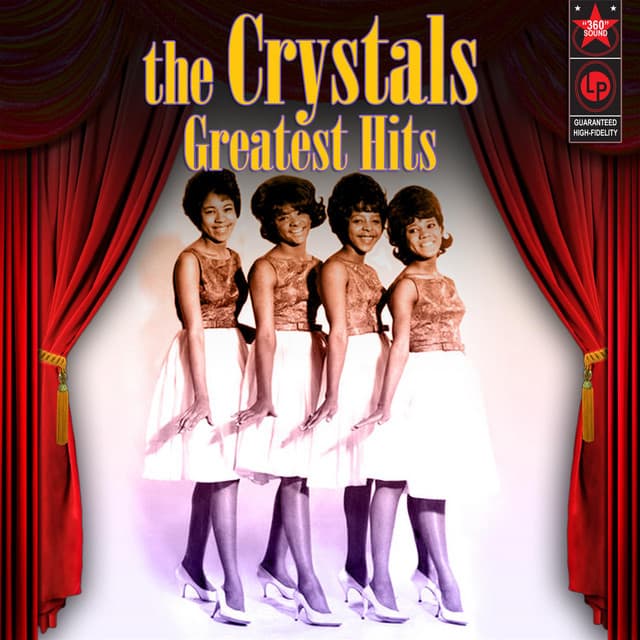
“He’s a Rebel” – The Crystals’ Defiant Anthem of Love and Rebellion
Released in 1962, “He’s a Rebel” by The Crystals is a song that captured the spirit of youthful defiance and love, solidifying the group’s place in the pantheon of early 1960s girl groups. Penned by the legendary songwriter Gene Pitney, the track became a signature hit for The Crystals, reaching No. 1 on the Billboard Hot 100. At the height of the girl-group era, “He’s a Rebel” not only cemented the group’s reputation but also reflected a shift toward themes of independence and rebellion in pop music—especially from a female perspective.
Ironically, the story behind the song’s recording is as rebellious as the song’s message itself. Phil Spector, the famed producer known for his “Wall of Sound” production technique, rushed to get the song recorded after learning that another group, The Vicki Carr Singers, intended to release it. In his determination to secure a hit, Spector used The Blossoms, a different vocal group, to sing the song, despite releasing it under The Crystals’ name. Lead vocals on “He’s a Rebel” were actually performed by Darlene Love, giving the track a bold, soulful edge. Despite the behind-the-scenes confusion, the song became a chart-topping success and is now firmly associated with The Crystals.
Musically, “He’s a Rebel” showcases Spector’s hallmark Wall of Sound—a dense, layered arrangement that blends lush strings, pounding drums, and reverb-heavy vocals. The production creates an almost cinematic soundscape, giving the song an air of grandeur that was uncommon in pop music at the time. The arrangement’s booming percussion and layered instrumentation convey a sense of urgency, perfectly matching the song’s narrative of a young woman proudly standing by her unconventional love.
Lyrically, “He’s a Rebel” tells the story of a girl enamored with a “bad boy” who refuses to conform to societal expectations. Despite the disapproval of others, she admires his individuality and independence, proclaiming her unwavering support for him: “He’s not a rebel to me.” This theme of loyalty and defiance resonated deeply with young listeners, especially during a time when youth culture was beginning to push back against the rigid norms of the postwar era. The song’s protagonist is unapologetic about her choices, sending a subtle but powerful message about personal freedom and love.
The song’s upbeat tempo and infectious melody add to its lasting appeal, making it a favorite among fans of early rock and roll. Its exuberant energy captures the optimism of the early 1960s, just before the cultural shifts of the later decade. At the same time, “He’s a Rebel” hints at the growing desire for freedom and rebellion that would come to define the decade’s countercultural movements.
The success of “He’s a Rebel” not only gave The Crystals their first and only No. 1 hit on the Billboard charts but also helped Phil Spector establish himself as one of the premier producers of the era. The song remains a defining example of his production genius, and its influence can be heard in countless pop and rock recordings that followed. Beyond its technical achievements, the song is celebrated for its narrative—giving voice to the hopes and desires of young women in a way that felt both authentic and empowering.
In the years since its release, “He’s a Rebel” has become a beloved classic, featured on numerous oldies compilations and continuing to receive airplay on retro and doo-wop radio stations. Its message of standing by someone against the odds resonates across generations, ensuring that the song remains just as relevant today as it was in 1962. Whether as a symbol of defiance, devotion, or youthful exuberance, “He’s a Rebel” has secured its place as one of the most iconic hits of the girl-group era.
Even with the behind-the-scenes intrigue and substitution of vocalists, the song’s legacy has endured. The combination of love, rebellion, and stellar production makes “He’s a Rebel” a timeless anthem—one that reminds us that the heart wants what it wants, no matter what anyone else thinks.